How to find your voice as a role-playing game artist
How a strong, cohesive voice contributed to the success of four tabletop RPGs.
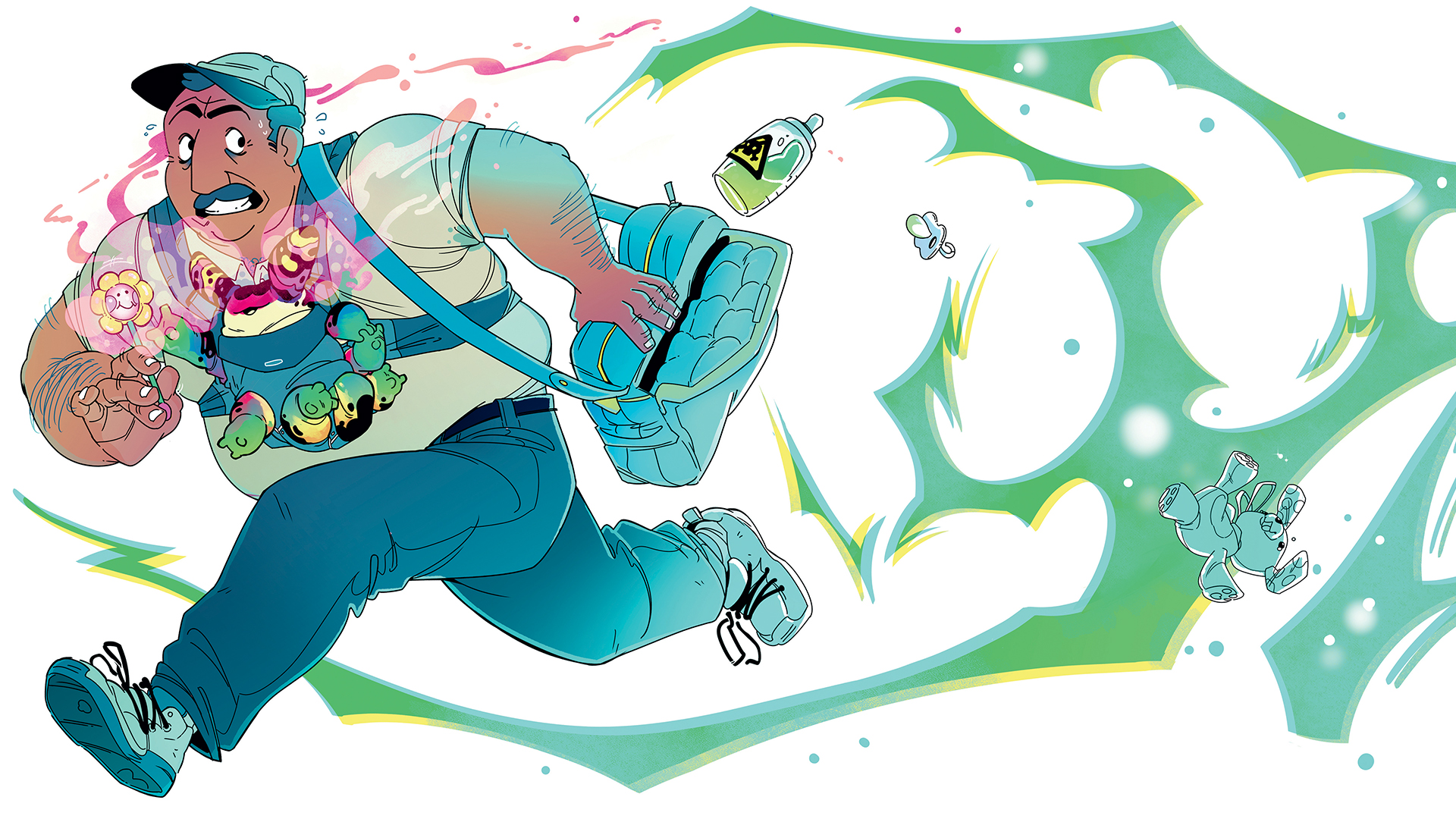
It isn’t easy to stand out in the crowded tabletop role-playing game marketplace. One aspect that sets some games apart from the rest is their voice: a combination of artwork and writing that supports a clear core game concept to create a distinctive setting and atmosphere. A voice that fascinates and ignites curiosity is a surefire way to tempt people into your world.
Triangle Agency is a game that takes place in a corporate world that has been infiltrated by reality-altering “Anomalies”, and players must take the role of paranormal investigators. The game contains multiple realities and perspectives that are represented by different art styles. (If you want to create your own artwork, check out our guide to the best digital art software).
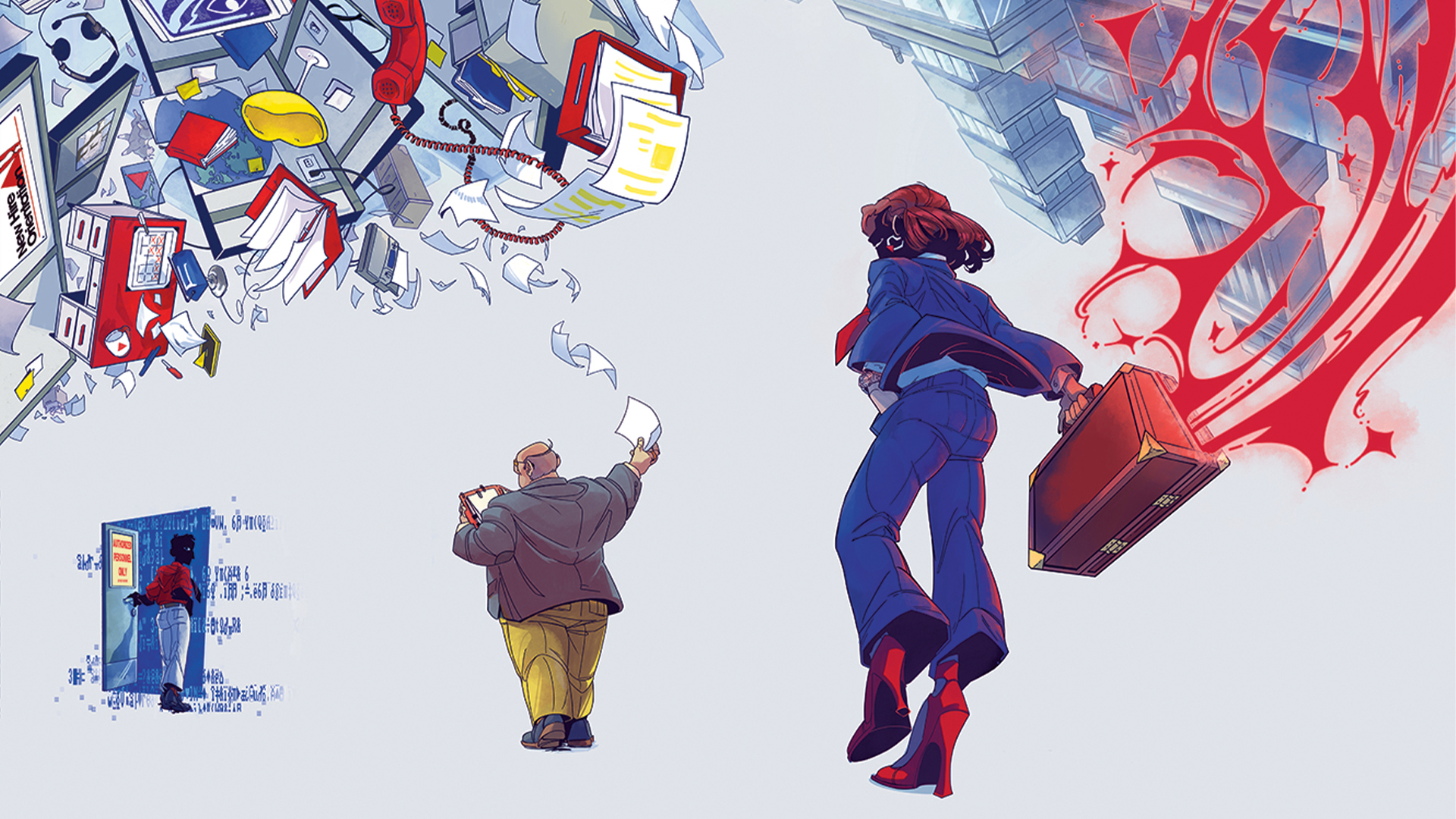
Team building
For art director Ryan Kingdom and lead designer Caleb Zane Huett, creating a strong aesthetic for the game was all about selecting the right team of artists. “It was important to us that the game have a wide artistic range. You’re playing someone who can shape reality with their imagination, fighting monsters equipped to do the same, and we wanted the art to showcase some of the infinite ways that can be done,” says Kingdom.
The game is split into three parts: Reality, Anomaly, and Competency, each of which is visually distinctive. “When we picked our core team, we spent time talking about who could be the voice of each perspective,” says Huett. “We looked for artists who could handle one of those parts, whose styles we loved, and complemented each other well without trying to match them directly.”
Triangle Agency was funded on Kickstarter, so selecting people who would create compelling artwork to attract backers was crucial. “For our big, splashy covers and promotional images, we wanted people who could create that perfect TTRPG art feeling of an immediate vibe and, on second look, a level of detail that implies a whole world behind it,” says Huett.
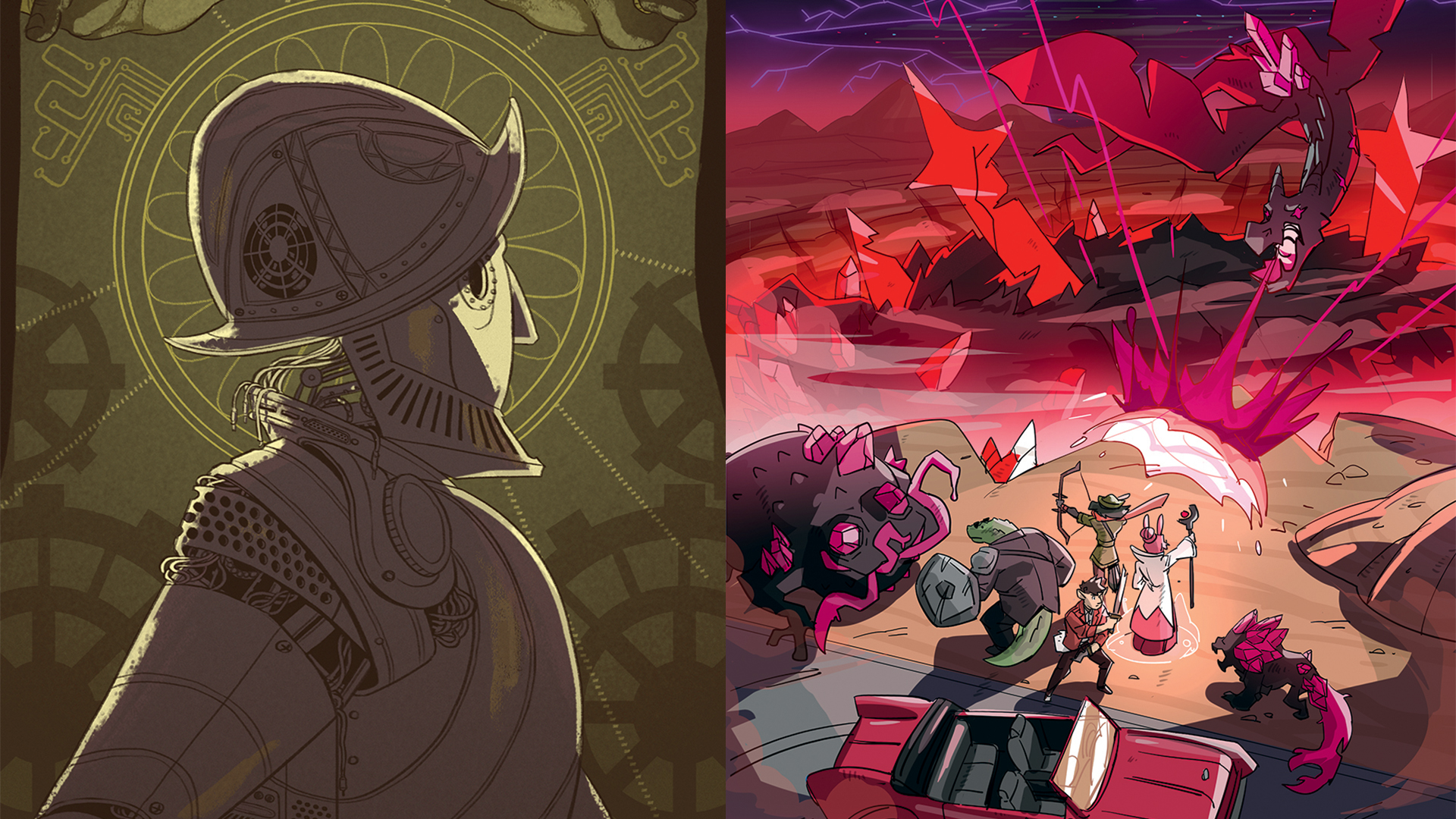
Styles and themes
Switching between art styles can help with the depth and layering of a world by helping players view it through multiple lenses. “A great example is Nathan Rhodes’ work compared to the other members of our team,” says Huett. “His pieces present us with the Agency’s perspective on the world, rather than a literal representation. By helping readers see those distinctions, and then sticking to them, differing styles actually boost the storytelling rather than undercut it.”
The grind of corporate office work is a theme within the game that its creators wanted to reflect in character design. “The relationship mechanics are what ground your character in the real world and make their decisions matter, and we wanted our designs to reflect that warm mundanity, with characters who did not necessarily look like they’re built for adventure,” says Kingdom.
Get the Creative Bloq Newsletter
Daily design news, reviews, how-tos and more, as picked by the editors.
“Working with G.C. Houle on the designs has been a dream, making supernatural characters who are frumpled from spilling their coffee on the subway to work, or who just came from their nine-hour shift at the deli; peoples’ grandmothers, mail-carriers, co-workers. It works well in contrast with the clean, sharp, and corporate feel of the Agency and the bright, colourful chaos of Kanesha Bryant’s Anomalies.”
When you’re looking to fund and sell your game, Huett believes that relationship-building is key. “My top recommendation is to spend time in the community you want to be a part of, see how you fit, and make sure you’re uplifting the people around you as you build your project,” he says. “We’ve made it so much farther than we expected, and it’s because people in the community have helped us.”
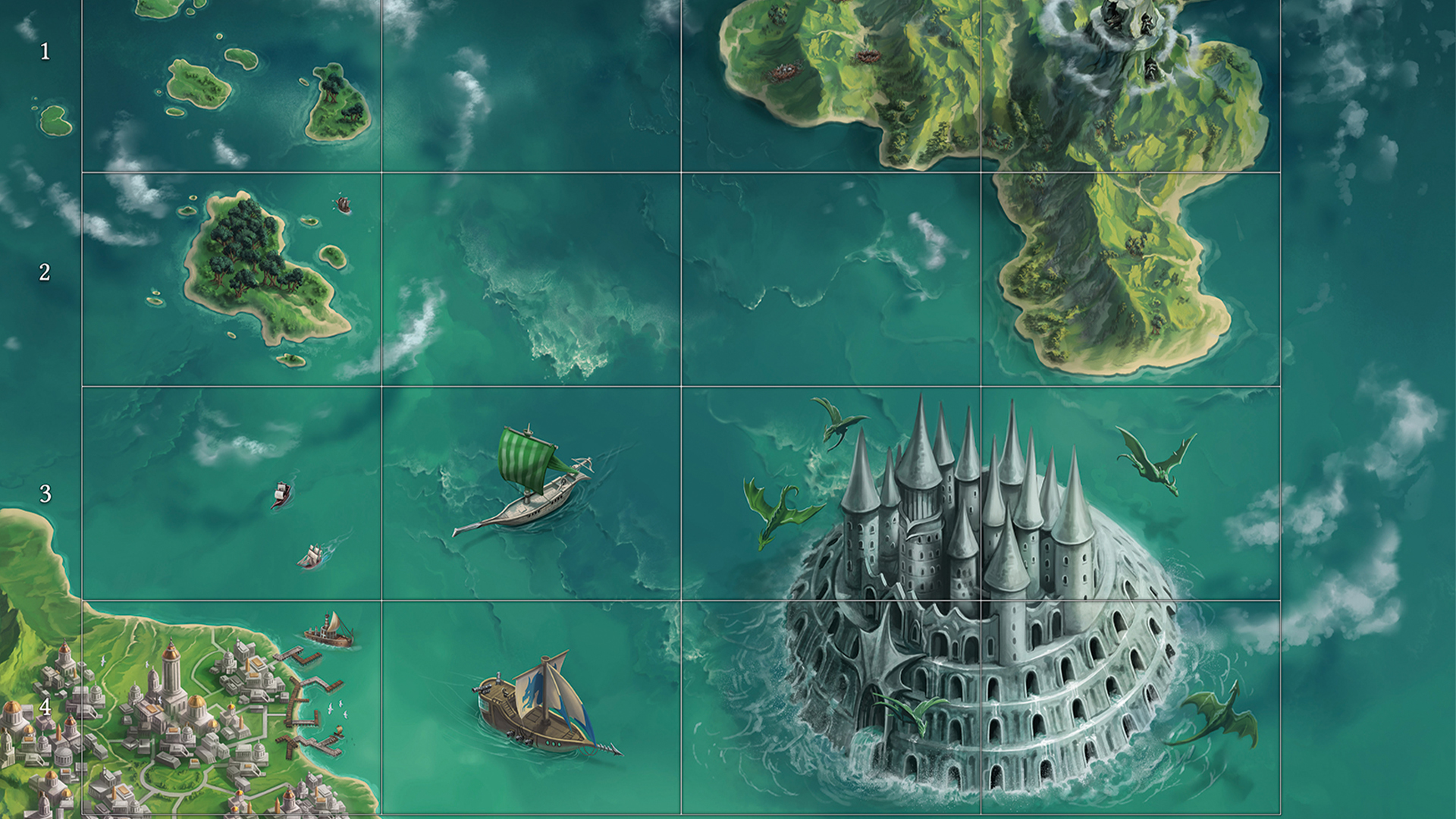
Defining focus
A clear and precise focus on the nature of your offering is essential for effective marketing. “You really, really need to know what your game is. Like, exactly what it is, and what it wants to be,” says Huett. “If you can’t describe your game quickly, if you can’t articulate what is unique about it, if you aren’t making sure every detail is pointed toward a clear goal, you will struggle to market your game. Art
and design are your best tools to communicate what your game is, but they’ll only succeed if they have a strong promise to share. Then your game needs to make good on that.”
A range of art styles was also used to great effect by game designer Bianca Canoza (AKA momatoes) for her apocalyptic role-playing game ARC, in which players race against the clock as they create their own stories about the end of the world. Bianca illustrated the core book and an online adventure herself, and used different artists to create a distinctive look for each of the four separate adventures featured in the game.
ARC’s adventure zines benefit from a synergistic marriage of artwork and writing. “We wanted the adventures to be a cohesive whole that blends imagery with words seamlessly,” says Canoza. “That was the driver in the art direction: make it a harmonious unity.”
In a game where players build their own narratives, the artwork serves as a springboard for the imagination. “Art should evoke curiosity and wonder,” says Canoza. “I believe that the art should not necessarily provide the truth, but glimpses into what the truth could be for each player.”
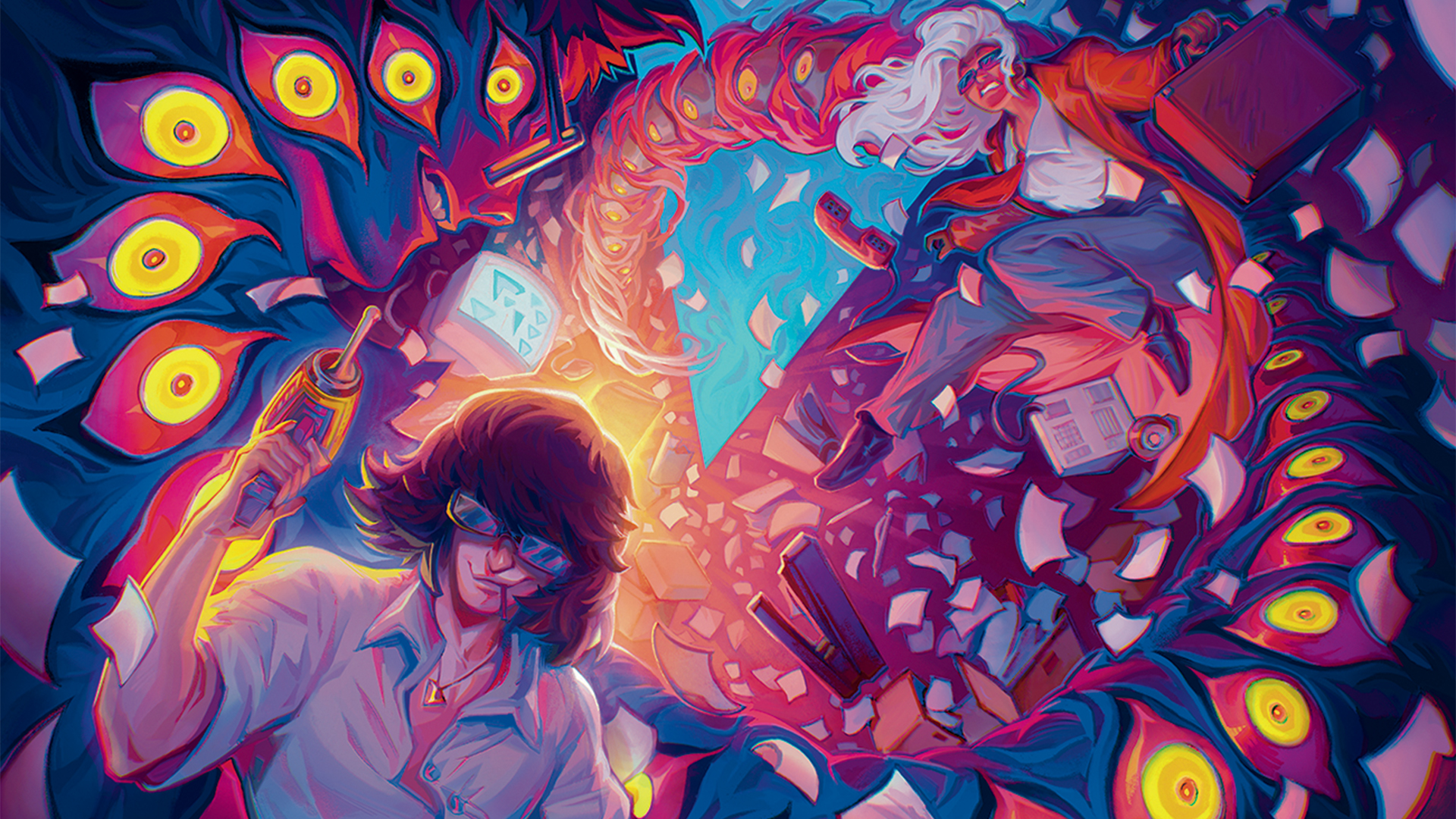
Finding a voice
Canoza maintains that a strong voice is key to making a successful tabletop role-playing game, and it’s one of the first things you should think about in your design process. “Having a voice ensures that your TTRPG feels full-bodied and complete, and elevates it beyond the generic,” she says.
“This voice must be consistent with the concept that is the backbone of your game. A weak or inconsistent voice dilutes the messaging and muddles the meanings that the game intends to convey. So the words, art, even layout, should work cohesively to bring full force to that voice.”
Sometimes tabletop RPGs are borne out of pre-existing worlds and aesthetics, as was the case with the hugely successful Scythe and its sequel, Expeditions, which are set in the 1920+ universe made by Jakub Róalski. 1920+ is an alternative history world based loosely on the Polish-Soviet war, but featuring mecha, dieselpunk airships and other technology that contrasts strikingly with rural scenes painted in a 19th-century impressionist style.
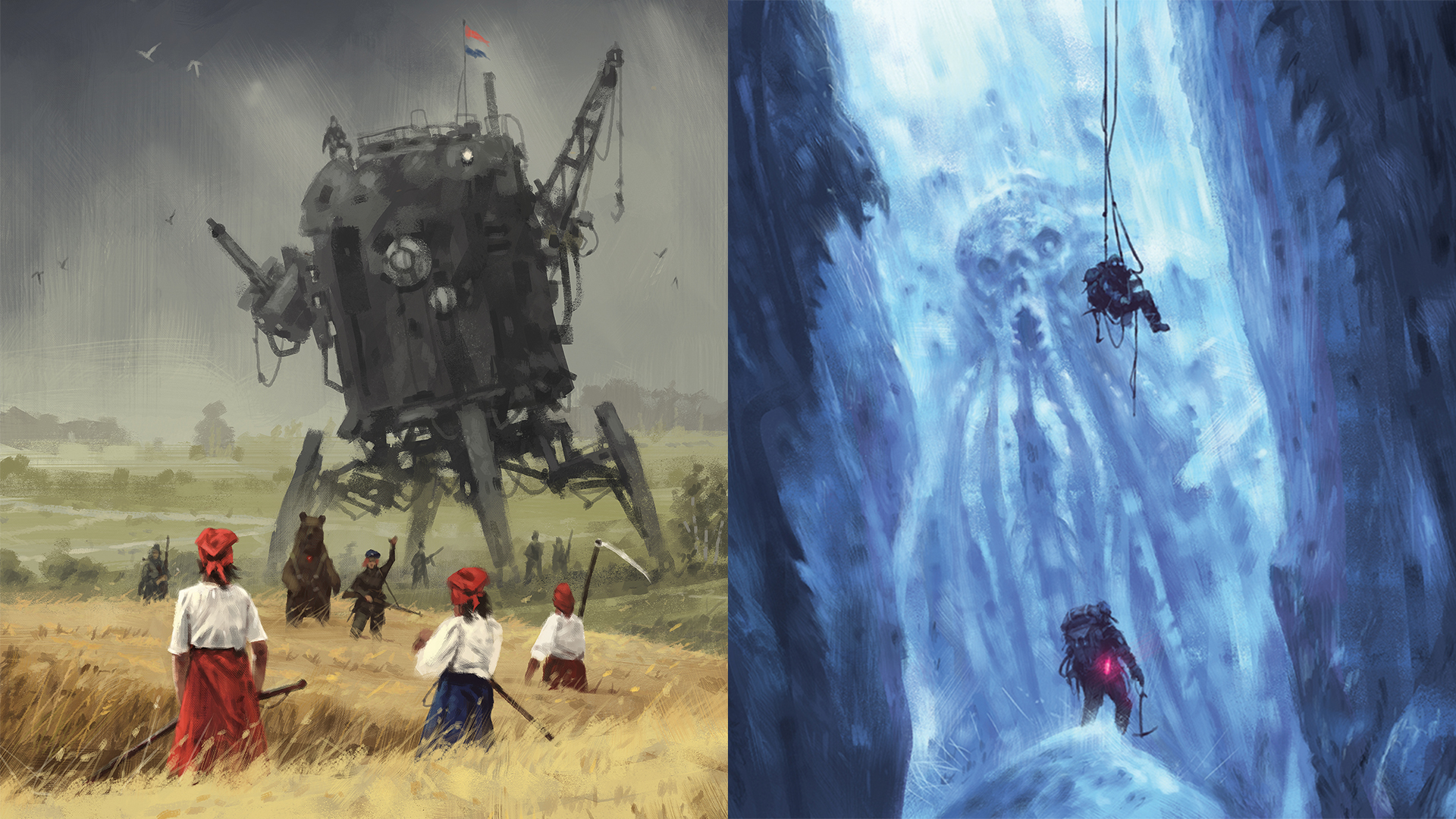
It’s this juxtaposition that provides the visual hook for the world. Róalski created it through exaggerating an observation from the historical period. “The world was rapidly changing and becoming industrialised, but it was still full of mysteries, undiscovered places, centuries-old traditions, secrets and adventures,” he says.
“I have always been fascinated by the almost surreal contrast between the past and future in those times. On the battlefields, the first planes, machine guns and tanks co-existed with melee weapons and cavalry with lances! Village people still walked without shoes as the first planes flew over their heads and the first huge agricultural machines began to appear in the fields.”
Róalski never intended for his 1920+ universe to be the basis for a game, but board game designer Jamey Stegmaier saw the potential for an RPG in this rich world with its Slavic and agricultural aesthetic.
“Usually, as the author of the world, I have complete creative freedom and the elements of the game are based on my ideas and visions of the world,” says Róalski. “Of course, when working on a game, as a product with certain rules, compromises are necessary, but Jamey and I have known each other for so long that the whole process is very intuitive.” For Róalski, the result is a unification of artwork, writing and game mechanics that has drawn in legions of fans.
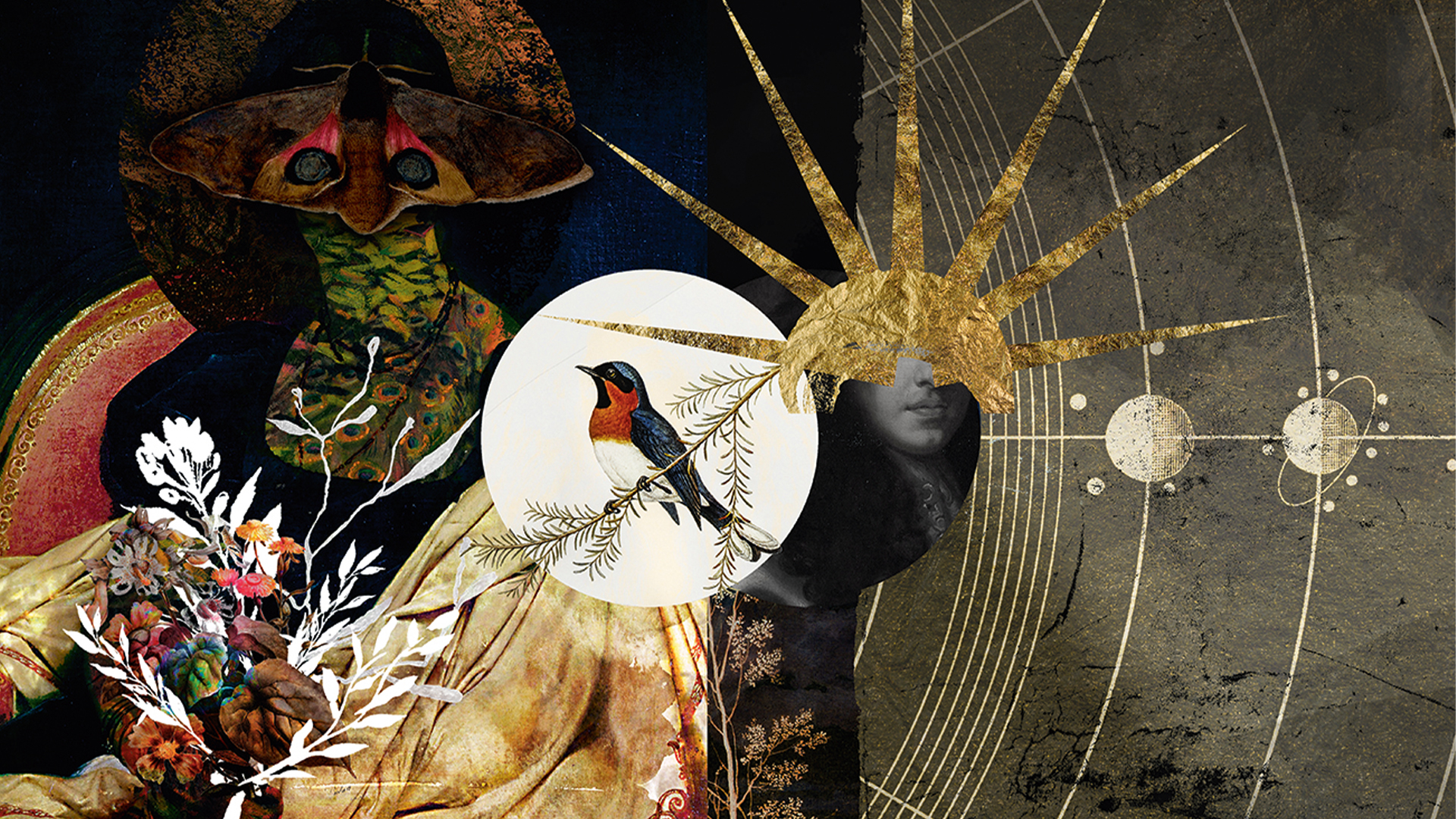
This content originally appeared in Imagine FX. Subscribe to the magazine at Magazines Direct.

Thank you for reading 5 articles this month* Join now for unlimited access
Enjoy your first month for just £1 / $1 / €1
*Read 5 free articles per month without a subscription

Join now for unlimited access
Try first month for just £1 / $1 / €1

Tanya is a writer covering art, design, and visual effects. She has 16 years of experience as a magazine journalist and has written for numerous publications including ImagineFX, 3D World, 3D Artist, Computer Arts, net magazine, and Creative Bloq. For Creative Bloq, she mostly writes about digital art and VFX.
